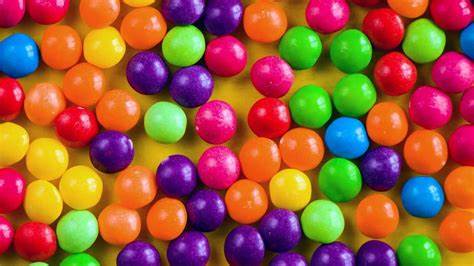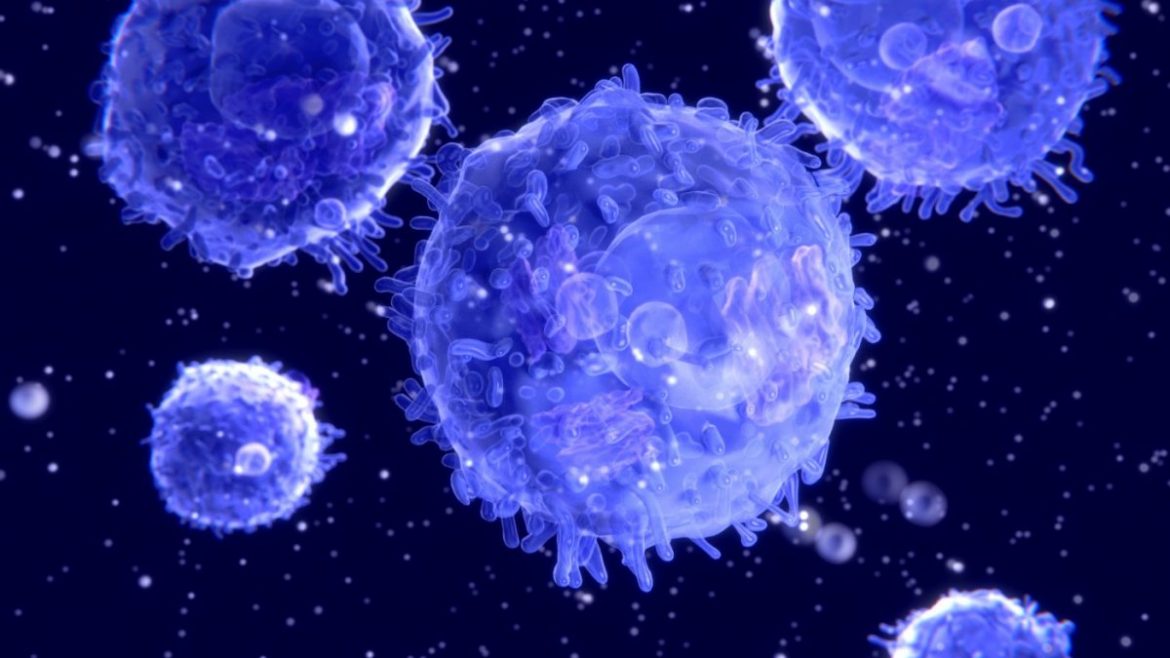Artificial Colours: Recently, the Karnataka government has banned the colors used in chicken kebab and fish dishes. These colors can make you a victim of deadly diseases like cancer. For more information watch the video till the end.
Artificial colors are synthetic dyes added to food to enhance their visual appeal. While they create vibrant hues on our plates, concerns linger about their safety and potential health risks. This report delves into the world of artificial colors, exploring their uses, potential downsides, and healthier alternatives.
A World of Color: Unveiling Artificial Dyes
Artificial colors are man-made chemicals not naturally found in food. They are derived from petroleum or coal tar and are used in a wide range of food products, including:
- Candy and sweets: Artificial colors add vibrancy to lollipops, candies, and frosting.
- Beverages: Soft drinks, sports drinks, and flavored water often utilize artificial colors.
- Processed foods: Breakfast cereals, snacks, and baked goods frequently rely on artificial colors for visual appeal.
- Savory dishes: Some restaurants and food manufacturers, as highlighted by the Karnataka government’s recent ban, may use artificial colors in kebabs, fish dishes, and other savory items to enhance their appearance.
The Allure and the Risk: Balancing Aesthetics with Health
The primary purpose of artificial colors is aesthetic. Manufacturers utilize them to make food visually appealing, attracting consumers and influencing purchasing decisions. However, concerns exist regarding their potential health implications:
- Hyperactivity: Studies suggest a link between certain artificial colors and hyperactivity in children.
- Cancer Risk: While the evidence remains inconclusive, some research raises concerns about a possible link between certain artificial colors and cancer risk.
- Allergies: Some individuals may experience allergic reactions to specific artificial colors.
Beyond the Rainbow: Exploring Natural Alternatives
Fortunately, nature offers a vibrant palette of colors derived from fruits, vegetables, and plants. These natural alternatives are generally considered safe and can enhance the appearance of food without potential health risks. Here are some common examples:
- Reds and Pinks: Beetroot powder, paprika, and hibiscus powder can provide rich red hues.
- Yellows and Oranges: Turmeric, saffron, and beta-carotene from carrots offer a sunny spectrum.
- Greens: Chlorophyll from leafy greens provides a vibrant green color.
- Blues and Purples: Spirulina algae and blueberry powder can lend a beautiful blue or purple hue.
Making Informed Choices: A Rainbow You Can Trust
As consumers, we have the power to make informed choices about the food we eat. Here are some tips for minimizing your intake of artificial colors:
- Read food labels: Look for ingredients like “artificial colors,” “FD&C colors,” or specific color names like “Red 40” or “Yellow 5.”
- Opt for natural ingredients: Prioritize foods with natural ingredients like fruits, vegetables, and spices for color.
- Embrace whole foods: Focus on a diet rich in whole, unprocessed foods that naturally boast an array of colors.
- Support transparency: Advocate for food manufacturers to clearly list and disclose all ingredients, including artificial colors.
The Takeaway: A Colorful Future
While artificial colors can create visually appealing food, concerns regarding their potential health risks necessitate a shift towards natural alternatives. By understanding the use of artificial colors and embracing the vibrant world of natural ingredients, we can create a rainbow on our plates that is not only aesthetically pleasing but also safe and healthy.




